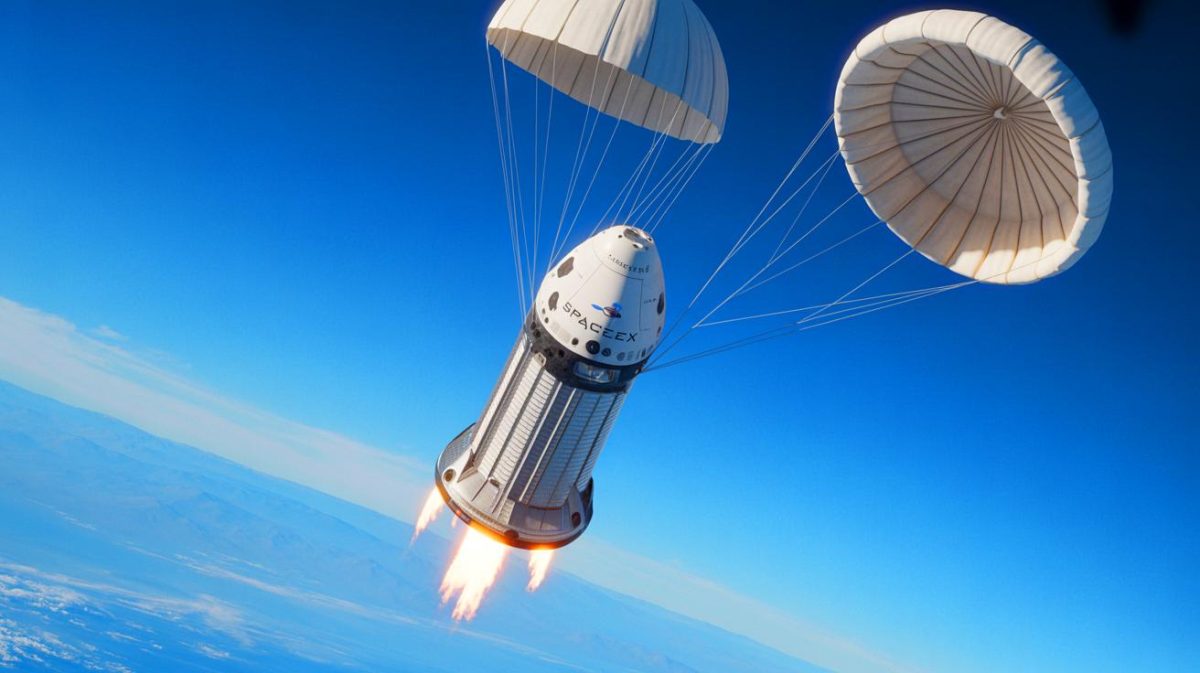| IN A NUTSHELL |
|
SpaceX’s Dragon capsule has triumphantly returned to Earth, carrying an impressive 6,700 pounds of cutting-edge equipment from the International Space Station (ISS). This mission represents a significant achievement in the ongoing partnership between NASA and private space companies. The diverse array of gear brought back promises to advance both our understanding of space technology and educational initiatives. The projects carried on this mission may redefine the future of space exploration and contribute significantly to technological advancements here on Earth.
Evaluating Material Durability in Space
One of the key projects aboard the Dragon capsule was the Multipurpose International Space Station Experiment, also known as MISSE-20. This initiative focused on assessing the resilience of various materials in the harsh environment of space. Scientists chose a range of samples, including radiation shielding, solar sail coatings, ceramic composites, and specialized resins, to study their durability against factors like ultraviolet radiation, atomic oxygen, and extreme temperature changes.
The data gathered from MISSE-20 is expected to have a profound impact on future spacecraft design. By testing these materials on the ISS’s exterior, researchers gained important insights into their degradation processes in space. Such understanding is essential for developing spacecraft that are both safe and long-lasting, especially for missions venturing into deep space. The findings could lead to innovations in creating more efficient heat shields and robust outer structures, paving the way for safer journeys beyond Earth’s orbit.
Revolutionary Robotic Advancements
Another highlight of the Dragon capsule’s cargo was the Astrobee-REACCH robotic system. This innovative project combined NASA’s Astrobee free-flying robots with flexible, tentacle-like arms featuring adhesive pads. These advanced robots demonstrated their ability to grasp and manipulate objects of various shapes and textures in the microgravity environment of space.
The potential applications for this technology are vast. From servicing satellites and removing orbital debris to repositioning objects in space, these robots could play a pivotal role in extending the operational life of satellites and enhancing spacecraft safety in low Earth orbit. As space technology continues to evolve, innovations like Astrobee-REACCH are crucial for maintaining and optimizing space assets, ensuring a more efficient and secure space environment for all stakeholders.
Advancements in Space-Based Imaging
The return of the Dragon capsule also included equipment and data from the OPTICA experiment, which stands for Onboard Programmable Technology for Image Compression and Analysis. This project aimed to test the compression and real-time transmission of hyperspectral imagery, reducing the bandwidth needed to send detailed images from space.
The success of OPTICA has significant implications for various fields, including disaster response, agriculture, and environmental monitoring. By lowering costs and enhancing the efficiency of space-based imaging systems, this technology could revolutionize how we gather and utilize data from space to solve real-world challenges. This breakthrough in imaging technology holds the potential to transform our capabilities in monitoring and responding to global issues, offering new tools to address pressing societal needs.
Inspiring the Next Generation
Also among the Dragon capsule’s return items were children’s books from the Story Time from Space project. During their time on the ISS, crew members read five STEM-themed books and recorded science demonstrations to accompany each story. These readings and demonstrations were transmitted back to Earth, enriching a growing library of educational videos.
The Story Time from Space initiative aims to inspire young minds and ignite a passion for space science. By bringing these stories into classrooms worldwide, the project helps bridge the gap between Earth and space, nurturing a new generation of explorers and scientists eager to uncover the universe’s mysteries. This educational endeavor is crucial in cultivating future leaders in space exploration and scientific discovery, ensuring that the torch of curiosity and innovation continues to burn brightly.
The successful return of the Dragon capsule highlights the ISS’s role as a vital testing ground for innovations that can transform life on Earth and propel humanity further into the cosmos. Each mission, with its unique blend of scientific inquiry and technological advancement, brings us closer to realizing our dreams of reaching the Moon, Mars, and beyond. What groundbreaking discoveries and technologies will the next mission unveil, and how will they continue to shape our future in space exploration?
Did you like it? 4.4/5 (27)







C’est fou de penser qu’on peut ramener autant de technologie de l’espace! 😮
Les robots Astrobee-REACCH peuvent-ils vraiment nettoyer les débris spatiaux?
Merci SpaceX pour toutes ces avancées technologiques. Vous êtes des héros modernes!
Quel est l’impact environnemental du retour de la capsule Dragon?
Les matériaux testés dans le projet MISSE-20 ont-ils montré des résultats prometteurs?
SpaceX fait des choses incroyables, mais à quel coût pour les contribuables?
J’adore l’idée de “Story Time from Space”. Quelle belle manière d’inspirer les enfants! 😊
Est-ce que ces robots pourraient un jour travailler sur Terre, dans nos usines?